Started a container garden but not getting the results you expected? Let’s fix that!
A few years ago, I found myself in the same situation. My plants looked miserable; stunted growth, yellow leaves, and some just died despite me following “best practices.”
But today, our container garden consistently supplies some of the most beautiful, tastiest herbs, vegetables, and fruits you can imagine.
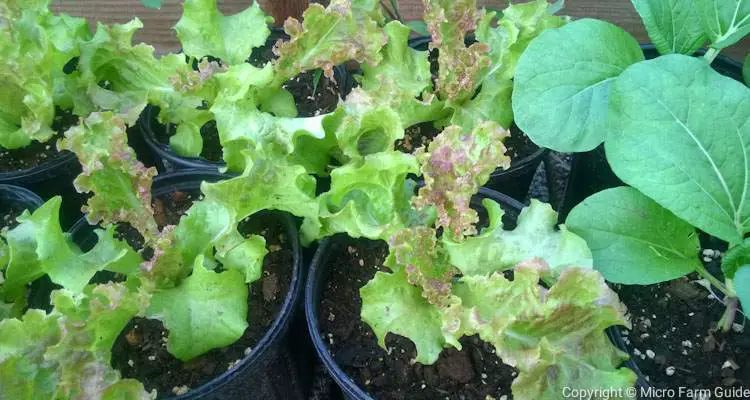
How did we do it? In this article, I’ll share 11 container gardening tips I wish I had known when I started.
- Use Slightly Larger Containers Than Recommended
- Do Not Place Gravel At The Bottom Of Containers… Unless
- Add Activated Charcoal To Potting Mix To Improve Fertility
- Use A Microorganism Solution With Organic Fertilizer
- Pot Up Plants That Require Watering More Than Once Daily
- …
Let’s dive in!
1. Use Slightly Larger Containers Than Recommended
In most cases, the recommended container size for a specific plant is the minimum space needed for its roots to develop.
While this sizing usually produces terrific results, you might have noticed that seemingly healthy plants tend to explode with growth when transplanted into rich fertile soil.
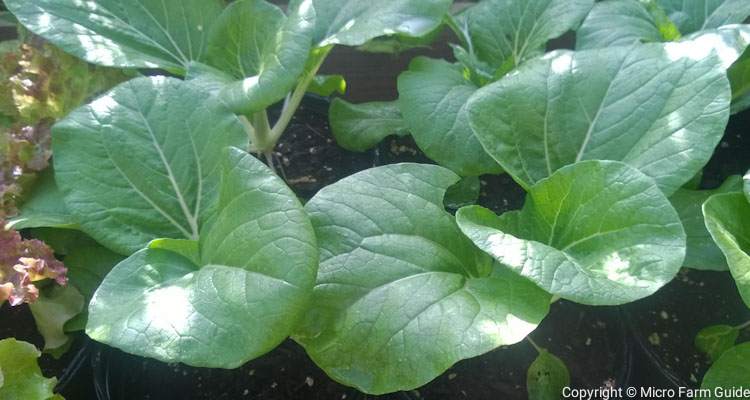
Plants grown in containers generally become root-bound over time. Their roots are sometimes subjected to heat stress, drying out, anaerobic, and other unfavorable conditions.
Placing plants in larger pots make their roots free to develop, encouraging additional vegetative growth and fruit production.
However, continuously “potting up” plants is not always practical. Thankfully, there are some measures you can take to encourage healthy root development, even when increasing container size is not an option. (See Tip #6)
2. Do Not Place Gravel At The Bottom Of Containers… Unless
It is a common practice to add gravel, small stones, or other objects inside containers to ensure proper drainage. I have done this in the past and know countless plant centers that do likewise.
However, studies have shown that this practice is unnecessary and can have the opposite effect. Gravel tends to retain moisture, which is great if that’s what you are aiming for but can lead to anaerobic conditions during wet weather.
If drainage is a concern, you should use a potting mix that includes perlite or vermiculite. You can purchase these amendments separately and add them to your soil.
Note: You can mix fine gravel or river sand into your potting soil. Yes, they will retain moisture, but most importantly, they will create pathways for water, air, and roots to move throughout the earth.
3. Add Activated Charcoal To Potting Mix To Improve Fertility
Charcoal has been identified as one of the main components of Amazonian Terra Puerta and African Black Soil, which are considered among the most fertile soils in the world.
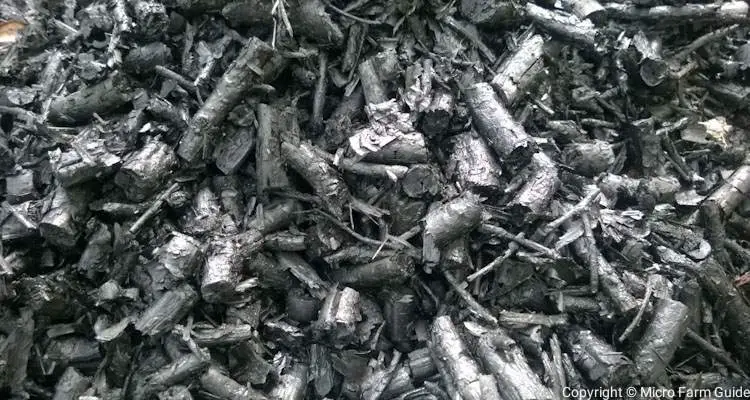
Research has shown that charcoal provides a habitat for microorganisms and helps to retain moisture and bioavailable nutrients. However, it should be “activated” before adding to the soil. This is done by soaking it in liquid fertilizer or a microorganism solution.
Typically the charcoal is crushed and mixed into the potting soil, ensuring that it is not more than 10% by volume. The charcoal particles will become smaller and readily exchange moisture and nutrients when necessary.
Note: Activated Charcoal and Biochar are available for purchase as soil amendments. If you have the space, you can make Biochar quickly and easily. However, charcoal production is a bit more technical.
4. Use A Microorganism Solution With Organic Fertilizer
One of the benefits of container gardening is that you have relative control over the growing conditions. In essence, you control what goes into the system.
Unfortunately, this also means that your growing media might not have the microbes necessary to break down organic material, rendering some forms of organic fertilizers useless.
However, you can correct this deficiency by adding microorganisms to your growing media through healthy garden soil, compost, leaf mold, or other microbes.
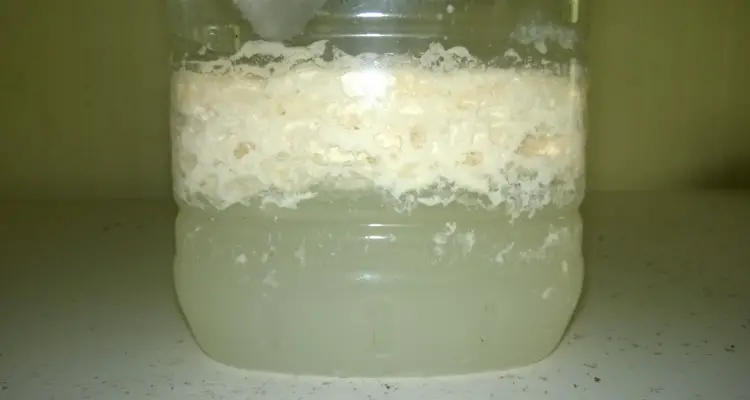
In doing so, your potting mix can gradually evolve into a diverse, bioactive soil, capable of breaking down organic matter and releasing the nutrients required to maintain the health of the plant.
Initially, we experimented with recipes from The Nutritive Cycle Theory as a starting point for using Microbe solutions. However, we have also used Bokashi and other compost teas with excellent results.
See Also: How To Make JADAM Liquid Fertilizers (Quick And Easy)
5. Pot Up Plants That Require Watering More Than Once Daily
Yellowing leaves and stunted growth are indicators that your potted plants are stressed and possibly have become root bound. However, long before your plants reach this point, they hint that they need more space for their roots to develop.
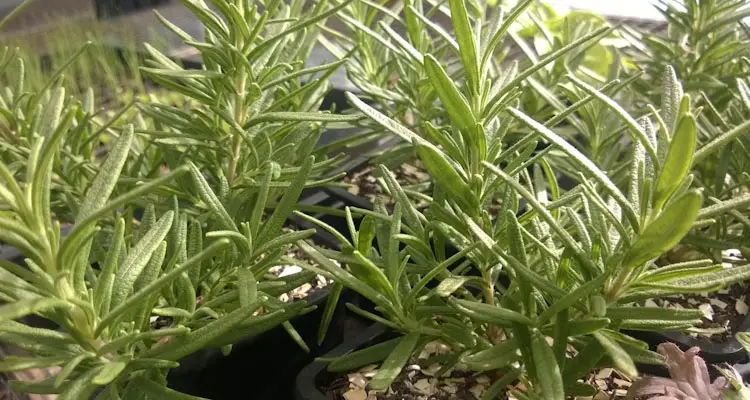
If you need to water your container plants more than once daily, consider transplanting them to a larger pot or into the ground.
Remember, potted plants do not have access to moisture beyond the walls of the container but depend on the growing media to retain sufficient water to last the day. In other words, the larger the pots, the more moisture they can keep for later use.
Note: You can also increase the potting soil's ability to retain moisture by adding gravel or dried pieces of wood to the bottom of the pot. Alternatively, you can mix activated charcoal or terracotta fragments into the potting mix.
6. Use Air Pruning Pots To Grow Larger Plants In Small Pots
You can grow productive fruit trees and larger plants in containers, provided they are wide and deep enough to accommodate the roots. For example, most gardeners recommend at least 20-gallon containers for most draft varieties of fruit trees.
However, you can grow much larger trees if you use air pruning, which is the tendency of roots to stop growing when exposed to air. Surprisingly, this effect reduces plant stress and stimulates lateral root growth, creating healthier, thicker roots and more robust plants.
You can purchase a root trainer or pot designed to promote root-pruning. Or you can go the DIY route and modify an existing planter by drilling holes through its sidewalls. Drill as many holes as possible without weakening the pot’s structure.
Note: Air-pruning does not work with vining plans such as mints whose root-like stems grow down and through the holes forming new plants.
7. Split Watering Process Into Two Parts To Ensure Soil Penetration
Water tends to run off towards the sides of containers, especially when the growing media is dry. As a result, water will come out through the drainage holes without actually moistening the potting soil.
Water twice to ensure that water penetrates the entire potting mix.
- First, sprinkle some water on the surface and allow it to soak into the soil.
- Shake up the soil if necessary to fill in any gap between the growing media and the container.
- Then pour another about half an inch of water the second time. You will notice that the water will slowly soak into the potting soil.
It is important not to water pots unnecessarily nor allow them to dry out completely. Monitor the container plants. Over time, you will start to notice when they need water.
8. Use White Or Fiber-Based Containers In Hot Regions If Possible
Wearing a black outfit on a sunny day is not a good idea, and neither is growing plants in black pots in the middle of summer or heat waves. Black absorbs heat!
Ideally, you should use white planters or natural colored containers in warmer climates. However, if this is not an option, use larger containers, positioning the seedling away from the sidewalls.
Alternatively, you can arrange plants in such a way to protect the lower levels from direct sunlight. This approach is similar to Consortium design in Syntropic Farming, which also encourages diversity in your container garden.
9. Do No Use Ordinary Garden Soil In Containers Unless Necessary
Due to the cost and availability of potting soils and mixes, some people use ordinary garden soil as the growing media for their containers. While this practice works initially, it can have adverse long-term effects.
The soil in the average garden ranges considerably in fertility, structure, and general composition. Some soils, such as sandy soils, might work well in containers. In contrast, clayey soils will become soggy and create anaerobic conditions.
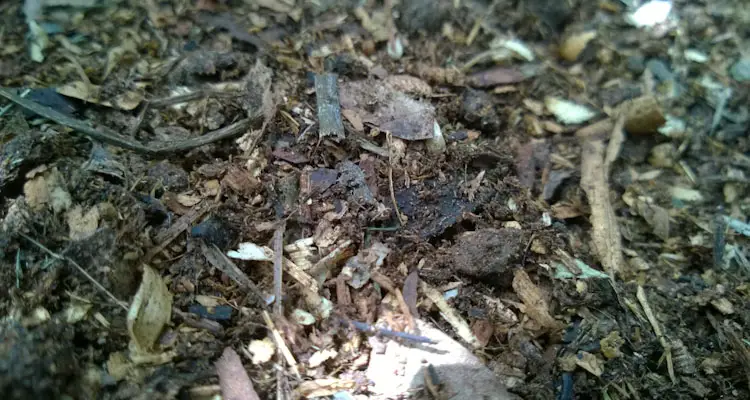
It is possible to amend garden soil and produce exceptional results. However, you must ensure it is free from soil-borne diseases and harmful creatures.
Note: Under ordinary conditions, healthy soil consists of an assortment of microbes interconnected to form a network known as the soil food web. Container gardening disconnects plants from this network, requiring you to provide almost everything it needs to thrive.
10. Grow Various Plants In Container Garden To Encourage Diversity
Container gardening makes light work of the otherwise challenging task of growing your own food. If done correctly, it can produce more consistent, higher-quality crops. However, you must first resist the temptation to repeatedly grow the same thing.
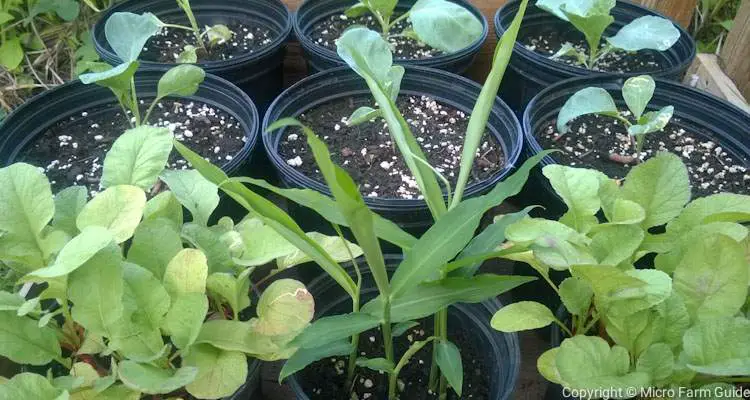
Grow an assortment of plants of varying heights, types, and uses. In doing so, you can reap the benefits of each plant’s unique qualities.
For example, Jamaican Oregano and Rosemary are aromatic herbs that repel certain insects from neighboring cabbages and other leafy vegetables.
You can also mix and match plants of various heights to create a micro-climate. Just ensure that you consider the plant’s recommended growing conditions.
At Micro Farm Guide, we also aim to recreate mini food forest ecosystems using containers using vertical space. This results in diverse, continuous, year-round harvests.
11. Use Whichever Container You Have To Create Your Container Garden
When getting started with container gardening, you have two options. Either you waste time and energy choosing the ideal tools, equipment, and planting materials, or “you do with what you have until you get what you want.” Guess which approach we favor.
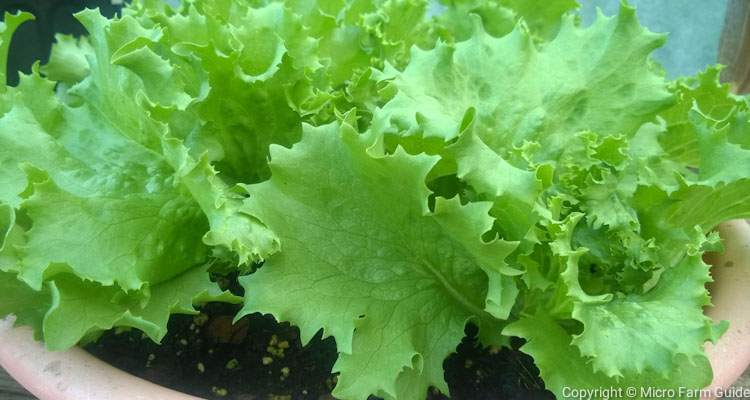
You can use virtually anything to grow food, so long as it is wide and deep enough for the plant’s roots to grow. Remember, I started growing herbs in milk cans and used plastic containers as a child.
Some people use old bathtubs, washing machines, freezers, and even kiddie pools. You can use whatever you desire, so long as it does not leak toxins, has proper drainage, and can hold the growing media.
Note: Recently, fabric planters and cardboard boxes have become popular, allowing you to quickly grow and harvest root crops such as potatoes and carrots.
Final Thoughts
Container gardening can be as fun as it is rewarding, provided you reap the fruits of your labor. However, don’t be discouraged if you encounter challenges along the way since the lessons learned will help your garden flourish.
There are many things you need to consider when growing plants in containers. Thankfully, you can benefit from the experiences of enthusiasts around the world. We are ready and willing to help each other develop in this fantastic activity.
The tips shared here can help improve your garden’s daily experiences. However, they can only work if you apply them. So, get creative, recycle, reuse, and upcycle, but most importantly, don’t just sit there and grow something!
Related Questions
What Can I Use To Fill The Bottom Of A Large Planter?
Ideally, you should use only potting soil or mixes to fill a planter, choosing one slightly larger than the plant requires. If this is not possible, you can use materials such as rocks, branches, and recycled bottles to fill the bottom of planters. However, you must ensure that you leave enough space for the roots of the intended plant.
References
Walker, Julia. Development And Construction Of An Air-pruning Propagation Bench, And Its Proper Use. depts.washington.edu. Accessed August 2022
Auburn University. Effects of Root Pruning Containers and Traditional Containers on Growth of Roots and Shoots of Selected Landscape Plants. [PDF] Accessed August 2022
The University Of Florida. Tap Root Was Air Pruned, Forcing More Lateral Root Growth. hort.ifas.ufl.edu. Accessed August 2022
The University Of Minnesota Extension. Fertilizing And Watering Container Plants. extension.umn.edu. Accessed August 2022
The University Of Illinois Extension. Using Soils And Soil Mixes. web.extension.illinois.edu. Accessed August 2022
